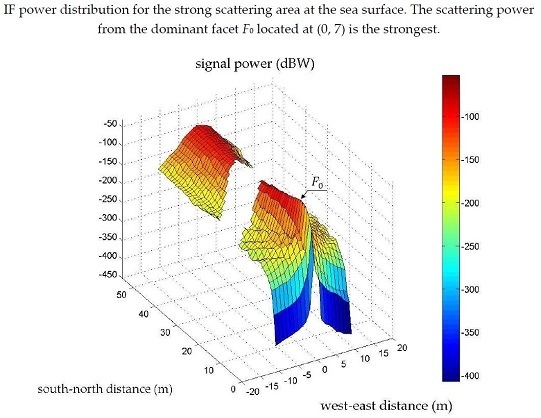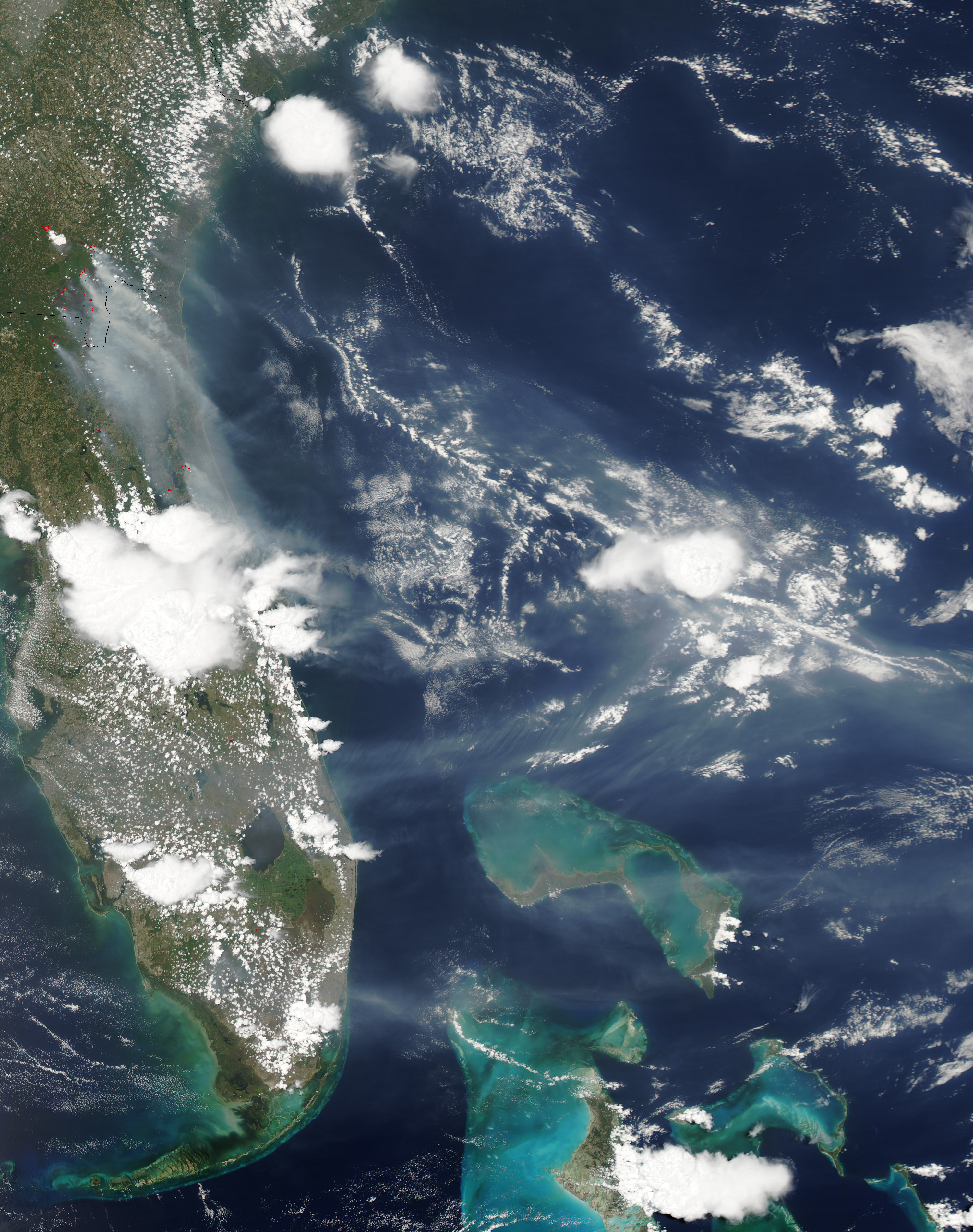

It starts with the observation that swells travel at different speeds. In Draupner’s wake, two schools of thought surfaced regarding how monstrous waves could develop. “You could imagine that a rogue wave of 30 meters in the ocean could happen in many different ways,” said Eric Vanden-Eijnden, an applied mathematician at New York University’s Courant Institute of Mathematical Sciences who helped develop the statistical framework. The work implies that “impossible” waves of all flavors may share a unified fundamental character. Now, a group of applied mathematicians reports that they’ve found a way to sidestep the fight over the specific mechanism and focus on predicting the outcome - paving the way for machinery that could, for instance, scan the ocean and notify ship captains that they face a 13% chance of running into a 30-meter wave in the next 15 minutes. But debate rages as to which matters more in the ocean. Each can describe how large waves form in laboratory wave pools. Researchers have since come up with two main theories. The Draupner wave spurred physicists to understand exactly how these solitary behemoths might arise. Researchers have since determined that rogue waves probably claimed 22 supercarriers and more than 500 lives in the second half of the 20th century alone. This hard evidence turned maritime myth into fact. Equipped with a downward-pointing laser, the platform recorded a 26-meter wave spiking out of a sea filled with 11.8-meter waves - a nautical Bigfoot caught in a high-resolution snapshot.


That skepticism changed on New Year’s Day in 1995, when a rogue wave struck the Draupner oil installation in the Norwegian North Sea. Sure, you might get a wave twice as tall as its neighbors in theory, but you’d have to watch the seas for a long time. Data-driven researchers long struggled to square sailors’ tales of monstrous “rogue” waves with the expectation that wave heights vary like human heights - clustering around an average with a few outliers dotting the thin tails of a bell curve. Mariners have known for centuries what researchers have documented only in recent decades: The ocean is a far more dangerous place than common sense would suggest. West Germany’s Maritime Board of Inquiry eventually declared it “impossible to explain the cause of the sinking.” Rumors circulated that a monstrous wave had crashed onto the deck from above, but such a swell was, at the time, unthinkable. A recovered lifeboat - originally bolted to the München about 20 meters above the water - appeared to have been ripped from its perch by a tremendous force hurtling toward the ship’s stern. One clue in particular stumped investigators. The West German vessel and its 28-person crew vanished, leaving behind just four lifeboats, three shipping containers, and a handful of flotation devices. At midnight, just three hours earlier, an operator had radioed out to a cruise ship, “Have a good trip and see you soon.” Now came a distress call from the München - then silence. Although the captain couldn’t evade it, the forecasted waves and winds should have posed no threat to the 261-meter-long ship. Send us a direct message via Twitter or Instagram or email via our contact form.Two weeks before Christmas in 1978, the cargo ship MS München encountered a fierce storm in the North Atlantic. Imagery at higher zoom levels © Microsoft. Labels and map data © OpenStreetMap contributors. Radar data via RainViewer is limited to areas with radar coverage, and may show anomalies. Weather forecast maps use the latest data from the NOAA-NWS GFS model. Imagery is captured at approximately 10:30 local time for “AM” and 13:30 local time for “PM”. HD satellite images are updated twice a day from NASA-NOAA polar-orbiting satellites Suomi-NPP, and MODIS Aqua and Terra, using services from GIBS, part of EOSDIS.

Heat source maps show the locations of wildfires and areas of high temperature using the latest data from FIRMS and InciWeb. Tropical storm tracks are created using the latest forecast data from NHC, JTWC, NRL and IBTrACS. Blue clouds at night represent low-lying clouds and fog. EUMETSAT Meteosat images are updated every 15 minutes.Ĭity lights at night are not real-time. Live weather images are updated every 10 minutes from NOAA GOES and JMA Himawari-8 geostationary satellites. Explore beautiful interactive weather forecast maps of wind speed, pressure, humidity, and temperature. Watch LIVE satellite images with the latest rainfall radar. Track tropical storms, hurricanes, severe weather, wildfires and more. Zoom Earth visualizes the world in real-time.


 0 kommentar(er)
0 kommentar(er)
